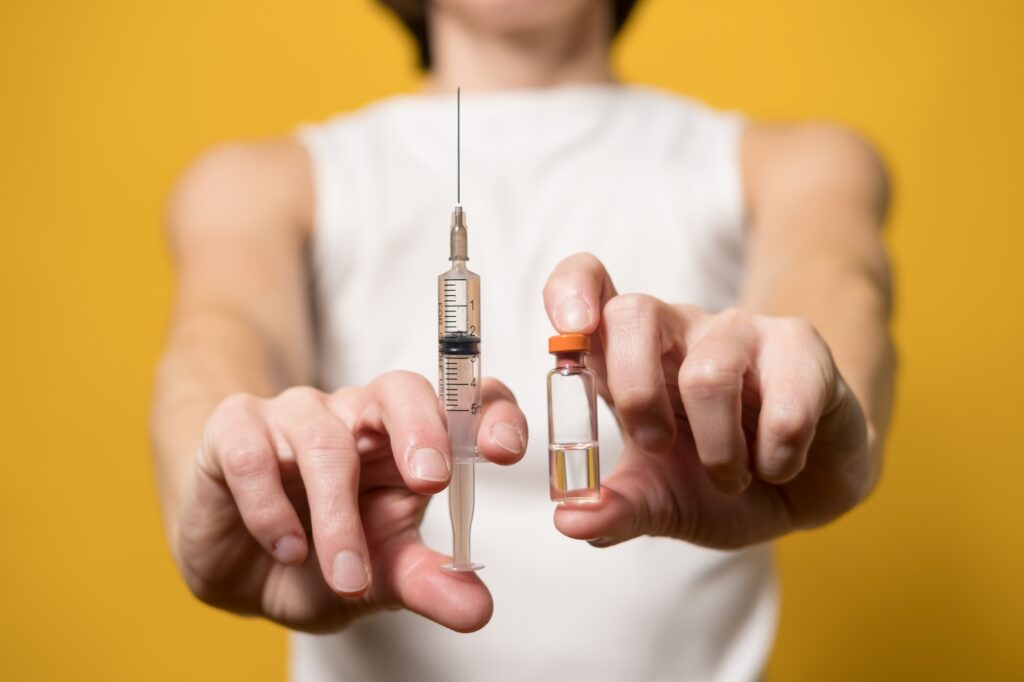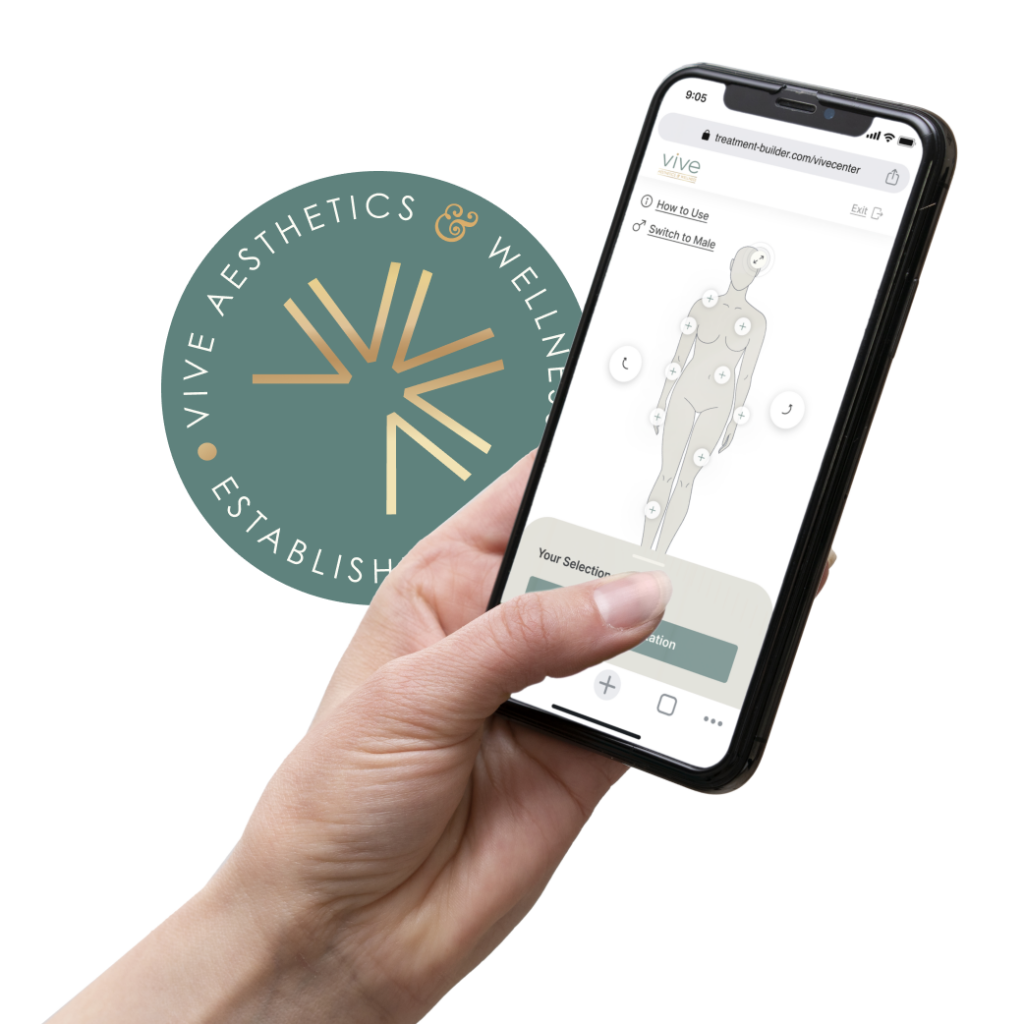
Four Vegetarian Protein Foods Not Named Tofu or Tempeh
![[seitan and broccoli over quinoa photo] Vegetarian protein source](https://www.nomeatathlete.com/wp-content/uploads/2010/07/Broccoli2-300x225.jpg)
Many patients ask about alternative sources of protein from the usual meat, fish, egg, poultry, and soy. Since I personally am not vegetarian and get plenty of protein from egg, chicken, turkey, fish, and beef, I really had to think about it.
Most people go straight to soy when looking for a non-animal source of protein (tofu being the most common source), however, too much soy can be problematic. Also, most soy in the United States has been genetically modified, but that’s an entirely different topic.
I found this post by Matt Frazier on the No Meat Athlete blog, which I find to be a great resource for vegetarian patients, which highlights four high-protein, non-soy, vegetarian foods. I have nothing against soy as long as it’s minimally processed and non-GMO, but a lot of people seem to think that’s the only decent source of protein out there for vegetarians.
Seitan
For a long time, I thought seitan was another soy product. Turns out, it’s made mostly from wheat. And it has a texture very similar to meat, earning it the nickname “wheat-meat.” A four-ounce portion of seitan has between 20 and 30 grams of protein, making it the most densely-packed vegetarian protein source I know of. That it could pass for meat in a vegetarian dish is pure bonus, even if it’s not quite a whole food.
Beans
Nothing new here; beans are a staple of almost every vegetarian athlete’s diet. My favorites are lentils, chickpeas and black beans, but almost every starchy bean contains 12 to 15 grams of protein per cooked cup. Soybeans, interestingly, contain the most of all (29 g per cup); perhaps that’s why soy plays such a big role in many vegetarian diets. Lentils, at 18 grams per cup, come in a distant second.
Quinoa
Some call it a super-grain; technically it’s a pseudo-grain. Quinoa is actually a seed, and it comes in at 11 grams of protein per cooked cup. It has the benefit of being gluten-free, too. Quinoa contains a bitter coating that helps it to avoid being eaten by birds, so rinse your quinoa well before you cook it. (Cooking only takes 12-15 minutes in hot water.) Quinoa makes a good substitute for rice as part of a high-protein vegetarian meal.
Broccoli
Chances are, you’ve never thought of broccoli (or any green vegetable) as a high-protein food. But per calorie, vegetables like broccoli and spinach are very high in protein. The “problem” is that they take up a lot of room in your stomach, so it’s hard to eat enough of them to make them a significant source of protein. Still, at 5 grams of protein per cup, I think broccoli deserves a place on list, if only because it’s interesting.
– See more at: https://www.nomeatathlete.com/high-protein-vegetarian-food/#sthash.Z3I1KGAs.dpuf


